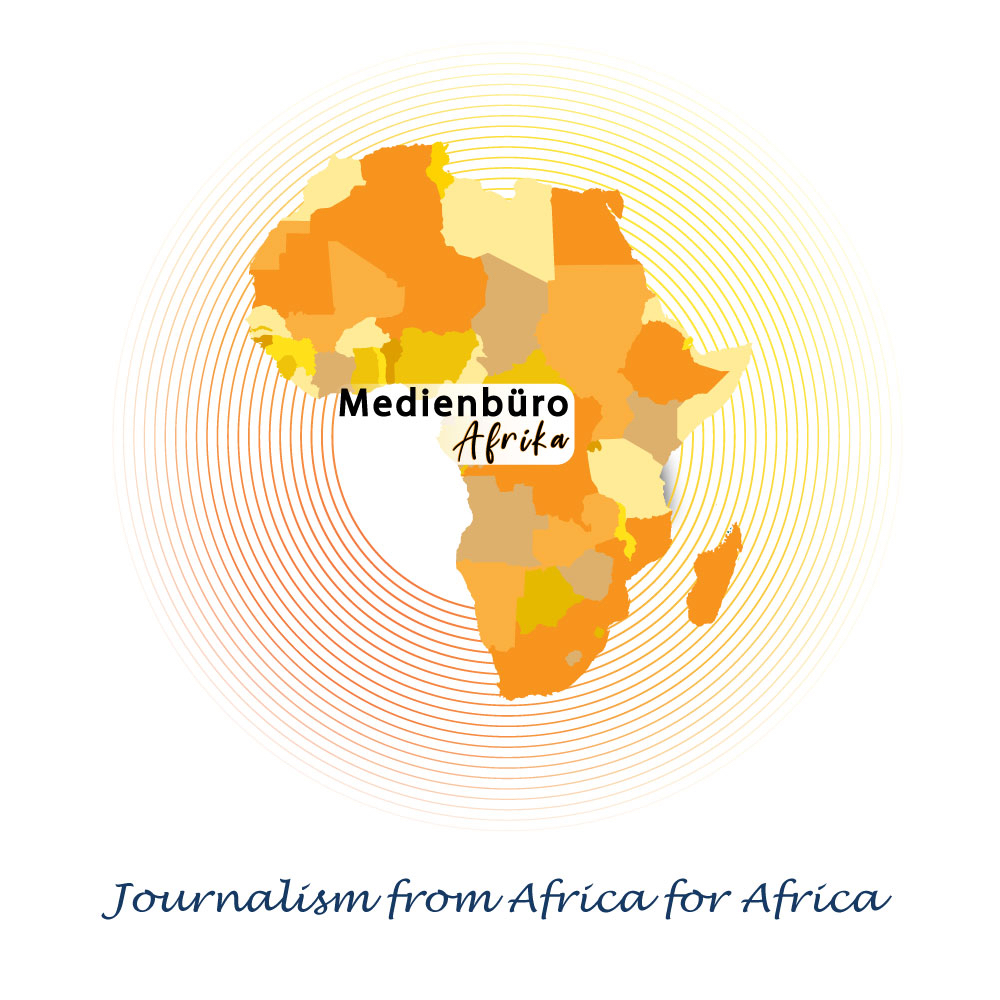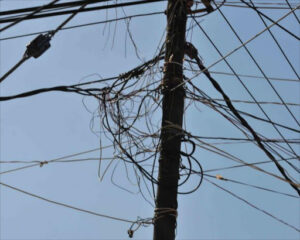Author: Khaoula Bengezi
The beginning of my 2.5-month trip to Morocco was one filled with much uncertainty andended with a great deal of respect and admiraon for the people of Morocco. I went to inquireabout the ways in which Morocco is envisioning a renewable energy transition and how it isbuilding capacity from within to make theses visions possible.I was at first overwhelmed by my lack of connections and unfamiliarity with Morocco. Itis one thing to plan something from afar but an entirely different experience once you are onthe ground. However, small introductions snowballed into meetings with people who are experts in the field of renewable energy technology in Morocco. My meetings spanned fromuniversity professors who specialize in solar energy to people who are leading the charge inbuilding Morocco’s internal capacity and making real Morocco’s 2030 vision and beyond. Such interviews were very insightful and allowed me to gauge not only the large solar power projects that Morocco has been invested in (i.e., the Noor Ouarzazate Solar Power Plant and the up coming project in Midelt called Noor Midelt), but also the large amount of solar power companies from and within Morocco that are making decentralized access to solar energy for both businesses and homes across Morocco possible. While Morocco’s official move towards renewable technologies is relatively new (since 2009). There has been a great learning curve that has been achieved through the various agencies that have been established to support this novel endeavour. While the Moroccan Agency for Sustainable Energy (MASEN – formerly the Moroccan Agency for Solar Energy) is well known internationally for its work in making the Noor Ouarzazate Solar Power Plant a reality, it is known internationally about the work that other agencies like the Research Institute for Solar and Renewable Energies (IRESEN).
I had the pleasure to meet with two people, one of which was the Chairman of the Sciencfic Council at IRESEN and the other was the R&D and Innovation Programs Officer. They both enthusiastically shared with me the ways in which the main objective of IRESEN is to promote the development and implementation of renewable energy technologies in Morocco and the African continent. IRESEN carries out research and development actvities in various fields related to renewable energy including solar energy wind energy hydroelectricity, geothermal energy, and biomass energy. Its actvities also include training and capacity building, technology transfer, and support for innovative start-ups in the renewable energy sector. IRESEN has made steps towards national and international partners to carry out its actvities, including universities, research centers, and companies in the renewable energy sector. Through its actvities, IRESEN aims to contribute to the sustainable development of Morocco and the African continent by promoting the use of renewable energy sources and reducing dependence on fossil fuels. In additon to my time in Rabat meeting with visionaries making Morocco’s renewableenergy futures a reality, I was also able to visit the South of Morocco where arguably the largestsolar power plant in the world resides. The Noor Ouarzazate solar power project and cinema arelargely the two things that draw people from outside to the city of Ouarzazate. The Noor Ouarzazate solar project came at the time of Morocco’s shift towards renewable energy and as such is an integral marker of Morocco’s renewable energy trajectory.
The Noor Ouarzazate Solar Power project was the first large solar power project and has since seen much debateconcerning its financial costs, technological shortcomings and what has been learnt by MASEN and other stakeholders in the years since. During my time in Ouarzazate, I spoke to engineers and project managers working in the Noor Ouarzazate solar power plant about the energy capacity and output of energy that the plant has been able to achieve thus far.While researching this project and visiting the city in which it is located and can be seenfrom many different localities, I also got to learn about how local capacity is being harnessed through my visit to the Institut de Fromation aux Metiers des Energies Renouvelables et del’Efficacite Energetique (IFMEREE). IFMEREE is a vocatitional training institute in Morocco thatspecializes in renewable energy and energy efficiency training. IFMEREE collaborates with national and international partners to develop its training programs and plays a crucial role indeveloping the workforce needed to support the growth of the renewable energy sector inMorocco. Its training programs help to fill the skills gap in the industry and support thet ransition to a more sustainable energy system. In building capacity from within, through R&D training, and South-South collaboration and cooperation etc…, Morocco is also a a tempting to shits its dependency away from technology, funding and expertise of the West and pave its own way in making renewable energy possible for itself and Africa in general.
This shifts towards energy and technical dependency is mentioned by Paul van Son and Thomas Isenburg’s book titled “Emission Free Energy from the Deserts: How a ‘Crazy Desertec Idea’ has become reality in North Africa and the Middle East. In the book, the authors highlight the long historical trajectory of renewable energy development and export from the MENA with the most significant of those being the development of Dii Desert Energy. The initiative began in Germany drew a lot of European, MENA and international interest however, financial setbacks vis-à-vis the 2007 recession and critiques of Western imposition and extractivism had halted theproject for a while. However, the authors argue that the vision is still live and well but has shifted away from a European-led vision to one that is being harnessed by national governments within the MENA region. Among the big players that are leading the way in what is now known as Dii Desert Energy are the United Arab Emirates (UAE) and Saudi Arabia which have become “market leaders” as well as Egypt, Jordan and Morocco, all of which are investing in solar energy projects in their respective deserts (van Son & Isenberg 2019: 139). The Dii Desert Energy initiaves, which now operates out of the UAE, the authors note, is no longer just about export potential of harvesting the sun from the desert sites of the MENA but rather is first and foremost about ensuring that renewable energy first benefits the national grids and locals. Overall, the book was informative in understanding the historical trajectory of the DiiDesert Energy and where it is today in relation to how Morocco is pursuing its transition towards renewable energy independence.
Contact: Khaoula Bengezi
https://www.linkedin.com/in/khaoula-b-114339248/
Source for the book:




